Ohio could greatly expand historic tax incentive program. Here’s what could happen.
That’s why some state lawmakers, developers and policy groups support a proposal to temporarily expand the program, which they said will give more neglected but significant and promising buildings a shot at a new life.
“Expanding the state historical tax credit program will have gigantic impact on Ohio’s downtowns,” said Ohio Sen. Niraj Antani, R-Miamisburg, who is co-sponsor of a bill that would expand the program.
The old Price Stores building is being rehabbed with the help of more than $1 million in state historic preservation tax credits. CORNELIUS FROLIK / STAFF
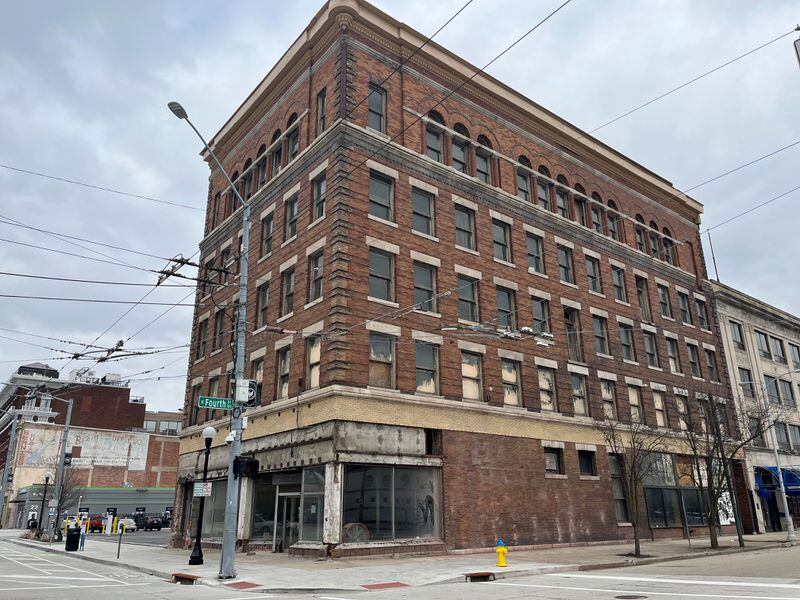
The old Price Stores building is being rehabbed with the help of more than $1 million in state historic preservation tax credits. CORNELIUS FROLIK / STAFF
However, winning state historic tax credits does not guarantee a project’s success and some groups, like Policy Matters Ohio, oppose the legislation, saying it would make generous tax breaks even more lavish, pumping up profits for developers and investors.
Ohio Senate Bill 225, which has cleared the state Senate, would allow the Ohio Department of Development to temporarily double the amount of historic preservation tax credits available each year from $60 million to $120 million.
The program provides state tax credits worth up to 25% of qualified rehab expenses. Developers can use these tax credits to offset their own tax liabilities, or they can sell the credits to investors to finance the rehabilitation work.
The bill also would double the amount of annual tax credits a single project can receive from $5 million to $10 million, and the maximum credit would increase from 25% to 35% for projects in communities with less than 71,000 residents, said law firm Kohrman Jackson & Krantz LLP in a post.
The Price Stores building at the intersection of South Jefferson and East Fourth streets in downtown Dayton. CORNELIUS FROLIK / STAFF
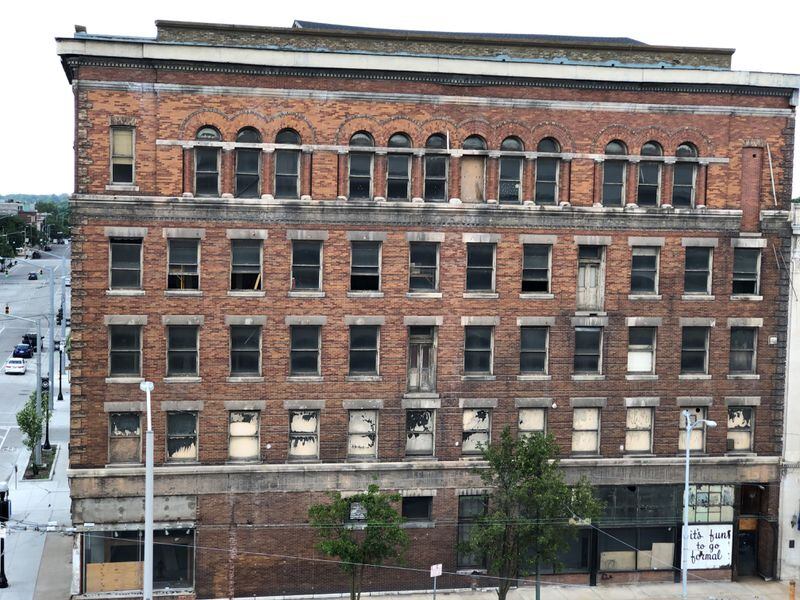
The Price Stores building at the intersection of South Jefferson and East Fourth streets in downtown Dayton. CORNELIUS FROLIK / STAFF
These program enhancements would be for state fiscal years 2022 and 2023, and if the bill is signed into law in time, the changes would begin in the fall funding round, said Kohrman Jackson & Krantz.
The bill also would expand the Opportunity Zones program, doubling the available award amounts.
Passage of S.B. 225 would be huge, considering that the state historic tax credit program is intensely competitive, said Amy Walbridge, Dayton’s downtown development coordinator.
The Ohio Department of Development typically awards state historic tax credits twice a year.
A construction worker works on the outside of the Price Stores building at South Jefferson and East Fourth streets. CORNELIUS FROLIK / STAFF
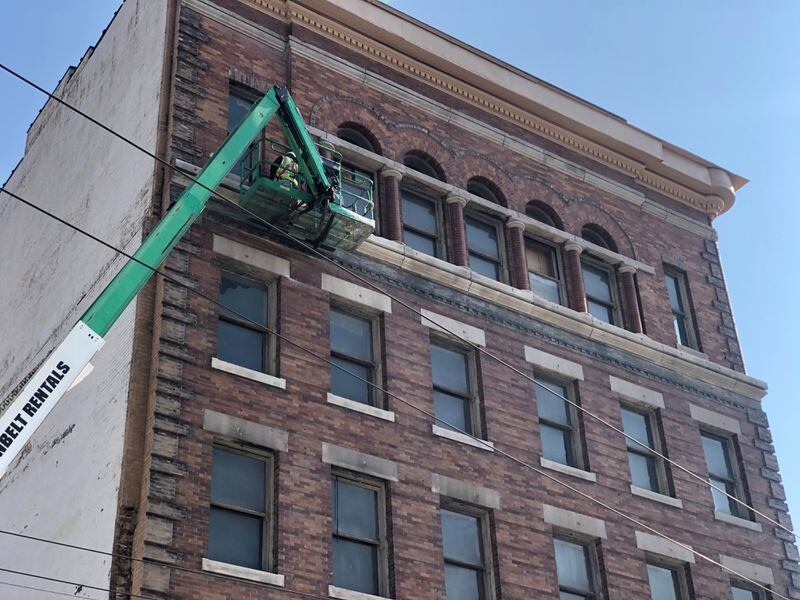
A construction worker works on the outside of the Price Stores building at South Jefferson and East Fourth streets. CORNELIUS FROLIK / STAFF
In the past four funding rounds, the state received requests totaling more than $300 million for about 203 eligible projects. But the state granted less than $132 million in funding to support 108 projects.
In the current funding round, developers of 75 projects have notified the state they intend to ask for more than $84 million in state historic preservation tax credits.
The state has less than $34 million worth of credits to award, and generally it has allocated between $28.4 million to $36.2 million in recent rounds.
“Applications for the state (historic preservation tax credit program) always outstrip available credits, which is why we are very pleased that S.B. 225 proposes to double the aggregate cap over the next two years,” said Jason Warner, director of strategic engagement with the Greater Ohio Policy Center, in testimony last fall in favor of S.B. 225.
Three Dayton projects have told the state they plan to vie for funding in the current round.
The Centre City building wants $5 million in incentives; the Dayton Grand Hotel likely will ask for $2.5 million; and an old mortuary property will seek nearly $210,000.
The Dayton Grand Hotel property at West Third and Ludlow streets in downtown Dayton. CORNELIUS FROLIK / STAFF
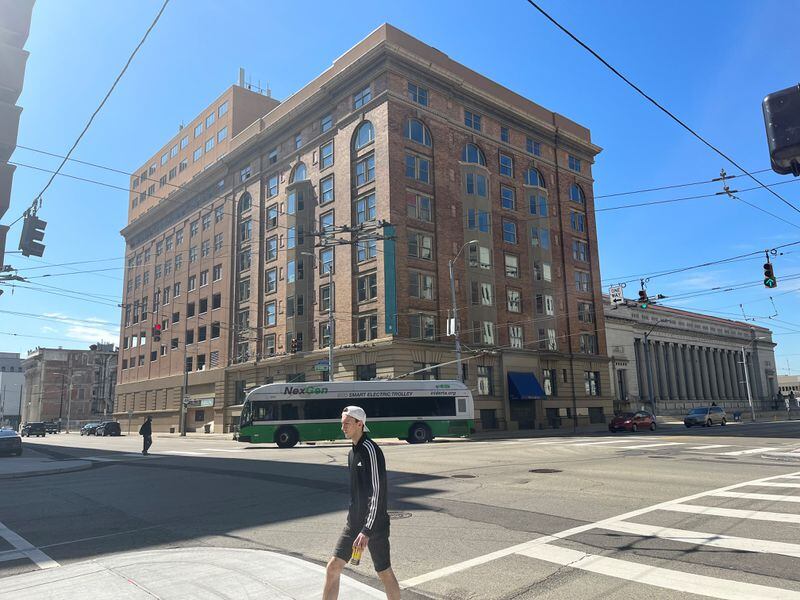
The Dayton Grand Hotel property at West Third and Ludlow streets in downtown Dayton. CORNELIUS FROLIK / STAFF
In the past two years, several Dayton projects received more than $9 million in historic tax incentives that developers say will result in $105 million in new investment in aging and underused properties.
Making/missing the cut
Historic rehab projects tend to be expensive, which is why the state tax incentives are in such high demand, according to developers.
The proposed legislation would help developers close financing gaps to make it easier to revive historic properties across the state, said Jatin Patel, chief financial officer of Windsor Companies, which has received five state historic tax credit awards for projects in Dayton since 2018.
“Ohio has a large volume of historic buildings, which provide character to urban cores,” Patel said. The “state historic tax credit program is of great importance and has a positive, long-term impact to the community.”
A man walks through the Fire Blocks District on East Third Street in downtown Dayton. Multiple buildings have been rehabbed in the district with the help of state historic preservation tax credits. CORNELIUS FROLIK / STAFF
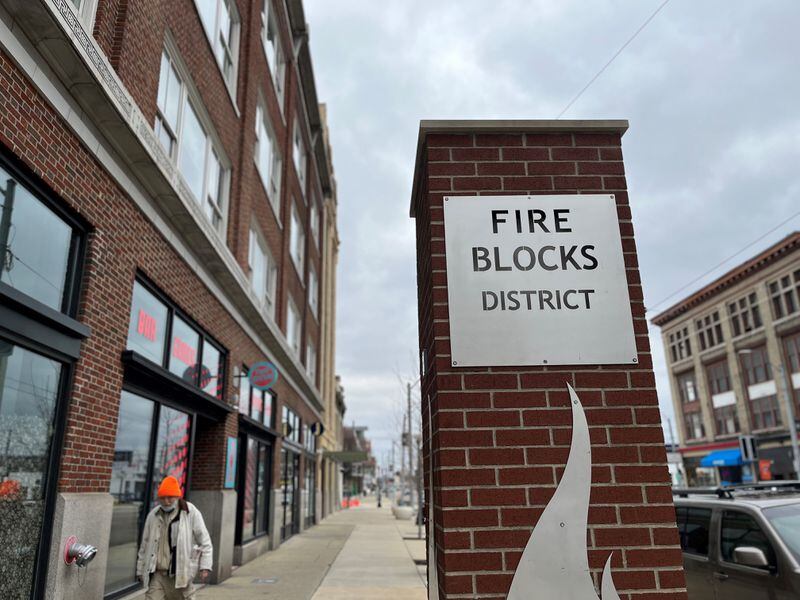
A man walks through the Fire Blocks District on East Third Street in downtown Dayton. Multiple buildings have been rehabbed in the district with the help of state historic preservation tax credits. CORNELIUS FROLIK / STAFF
Tax credit funding is important, especially at a time of labor shortages, rising costs for insurance and construction, and higher interest rates that contribute to increased financial risks for developers, said MK Lindsey, project manager with Weyland Ventures.
The Kentucky firm has won millions of dollars of tax credits to convert multiple Dayton buildings into housing, offices and commercial spaces.
The company’s projects include the Wheelhouse, the Dayton Motor Car building and the Longfellow school campus.
The giant troll welcomes visitors to the Troll Pub at the Wheelhouse at 216 Wayne Ave. near the Oregon District. The Wheelhouse, a former manufacturing facility, was turned into housing and first-floor commercial spaces by Weyland Ventures with the help of state historic tax credits. CORNELIUS FROLIK / STAFF
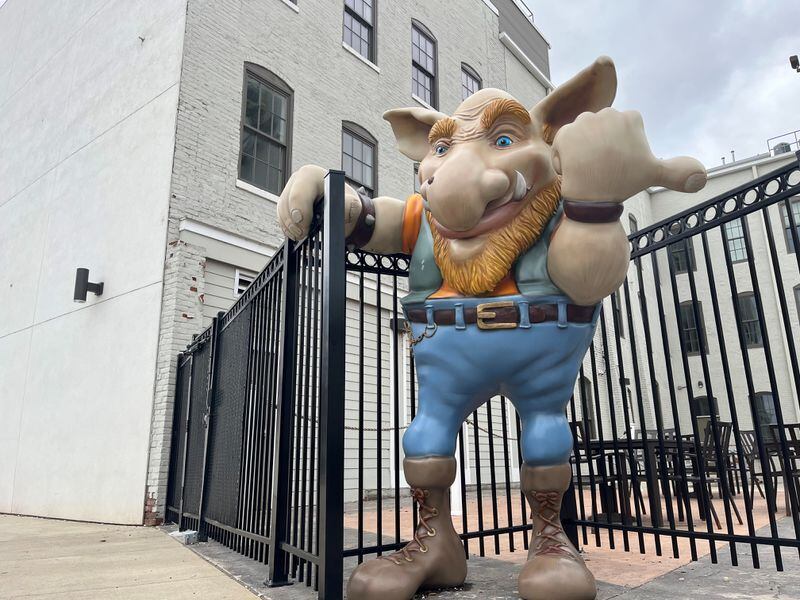
The giant troll welcomes visitors to the Troll Pub at the Wheelhouse at 216 Wayne Ave. near the Oregon District. The Wheelhouse, a former manufacturing facility, was turned into housing and first-floor commercial spaces by Weyland Ventures with the help of state historic tax credits. CORNELIUS FROLIK / STAFF
“Expanding the overall pool would mean more projects get the greenlight, great news for all of Ohio,” Lindsey said.
Even high-quality historic rehab projects often must apply for credits multiple times before securing an award because so much competition exists, she said.
Weyland Ventures rehabbed this old industrial facility at 15 McDonough St. into 80,000 square feet of new office space with the help of state historic tax incentives. CORNELIUS FROLIK / STAFF
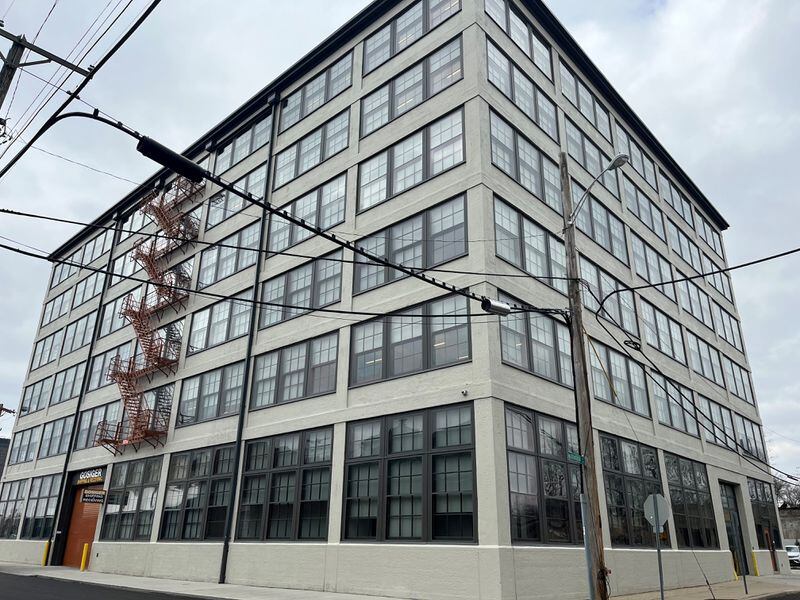
Weyland Ventures rehabbed this old industrial facility at 15 McDonough St. into 80,000 square feet of new office space with the help of state historic tax incentives. CORNELIUS FROLIK / STAFF
For instance, the Dayton Arcade, one of the most revered rehab projects across the region and state, was denied credits before it won them, and developers said that was a setback that affected their timeline and financing package.
Developers say time kills many deals, and the more credits available the better.
“We believe the competitive process for historic rehabilitation tax credits in Ohio is a national model, but it does mean many projects do not make the cut for funding,” Lindsey said.
The owners of the Barclay building,137 N. Main St. in downtown Dayton, were twice denied state historic tax credits before winning nearly $2.5 million in funding in late 2020.
Striking out caused delays that nearly killed the project, which will convert the downtown office building into a boutique hotel called Hotel Ardent, said Stephen Schwartz, chairman of First Hospitality, a partner on the project.
The Barclay building at 137 N. Main St. is being converted into a new boutique hotel called Hotel Ardent. The hotel will have more than 100 rooms and a new restaurant. The project won nearly $2.5 million in state historic tax credits, which will support a $25 million overhaul of the property. CORNELIUS FROLIK / STAFF
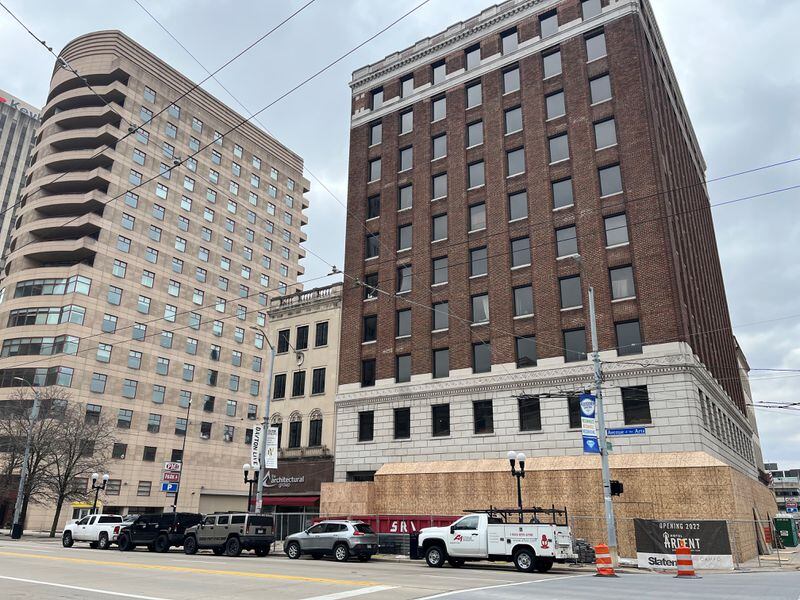
The Barclay building at 137 N. Main St. is being converted into a new boutique hotel called Hotel Ardent. The hotel will have more than 100 rooms and a new restaurant. The project won nearly $2.5 million in state historic tax credits, which will support a $25 million overhaul of the property. CORNELIUS FROLIK / STAFF
First Hospitality and…
Read More: Ohio could greatly expand historic tax incentive program. Here’s what could happen.

